India boasts a rich heritage of martial arts, with a wide variety of disciplines that have evolved over the centuries. From ancient fighting techniques passed down through generations to contemporary forms that blend tradition and innovation, Indian martial arts are deeply rooted in history, culture and philosophy. As we dive deeper into the year 2024, let’s find out Top 10 most famous martial arts in India, Each offers a unique glimpse of a country’s martial prowess and spiritual depth.
Top 10 famous martial arts in India
India boasts a rich tapestry of martial arts, including Kalaripayattu, Silambam, Thang-Ta, Gatka, Mallakhamb, Kuttu Varisai, Musti Yuddha, Parikhanda, Inbuan Kusti and Lathi. Each art embodies unique traditions, techniques and cultural significance.
here is the list Top 10 Most Famous Martial Arts in India:
| Top 10 Most Famous Martial Arts in India | ||
| martial arts | Original | Techniques |
| Kalarippayattu | Kerala, 4th century BC | Uzhichil, Otta, Maipayattu, Puliyankam, Verumkai |
| silambam | Tamil Nadu | speed, thrust, cut, sweep |
| Thang-Ta and Sarit Sarak | Manipur | armed and unarmed war |
| a little | Himachal Pradesh | wooden bow, arrow |
| gatka | Punjab | weapon based combat |
| blackjack | Punjab, Bengal | cane sticks |
| inbuan wrestling | Mizoram | Wrestling |
| kuttu warisai | south india | to grapple, to strike, to lock |
| musti war | Varanasi | kicks, punches, knees and elbows |
| Pari Khanda | Bihar | sword and shield |
Kalarippayattu
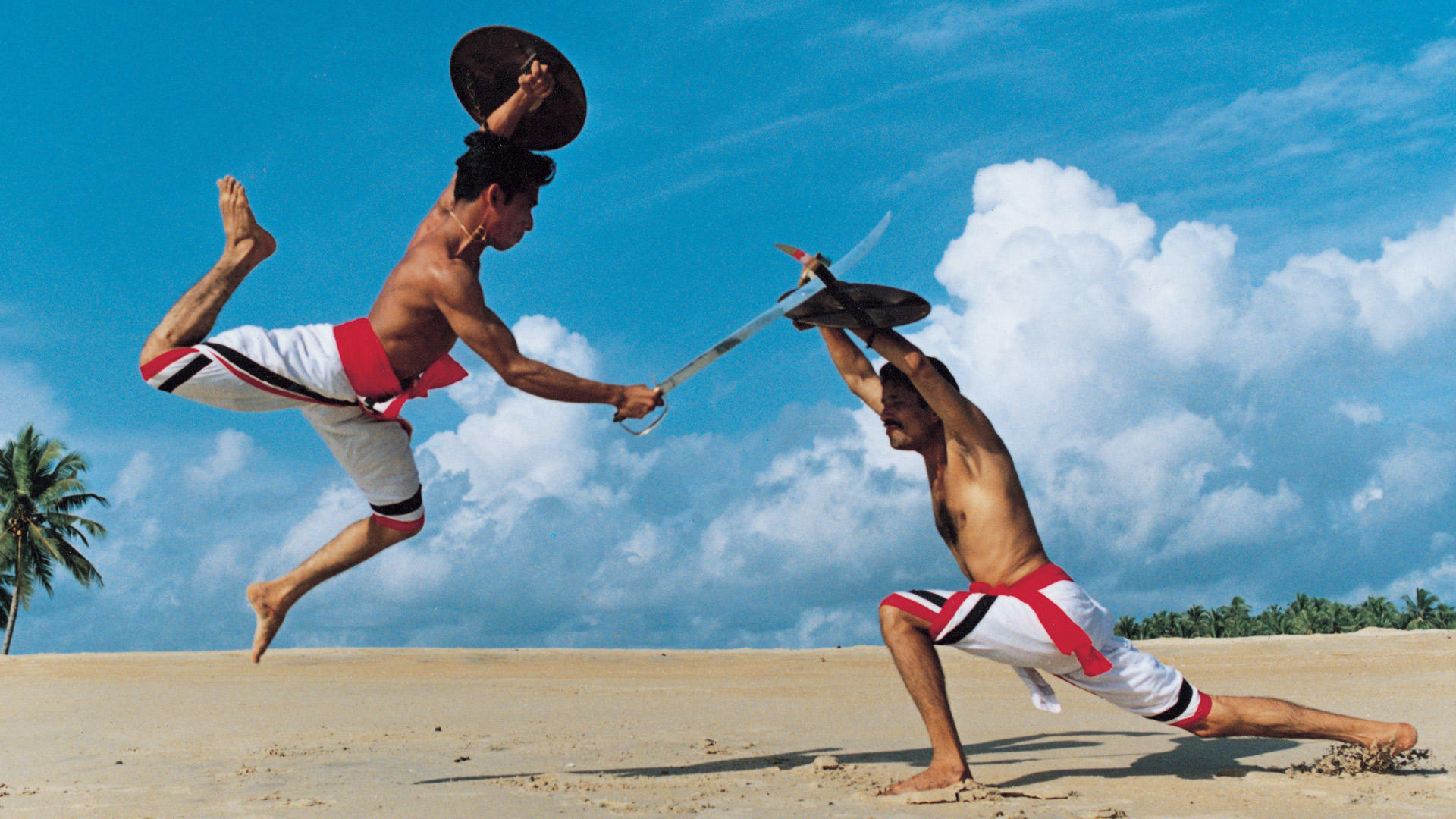
Origin: Kerala
Techniques: Uzhichil, Otta, Maipayattu, Puliyankam, Verumkai
Kalaripayattucontained in malayalam culturefinds my essence in KalariA training ground started by veterans sage parshuram, This ancient martial art serves as a self-defense and fitness regimen, incorporating unarmed combat, weapons, and physical exercise. Famous for its complex footwork and diverse techniques, it is devoid of musical accompaniment. Its popularity, “enhanced by cinematic depictions such asAshoka” and “Myth.”,” This extends to female practitioners like the famous heroine, Unniyarcha, who is famous for her bravery in battle.
silambam
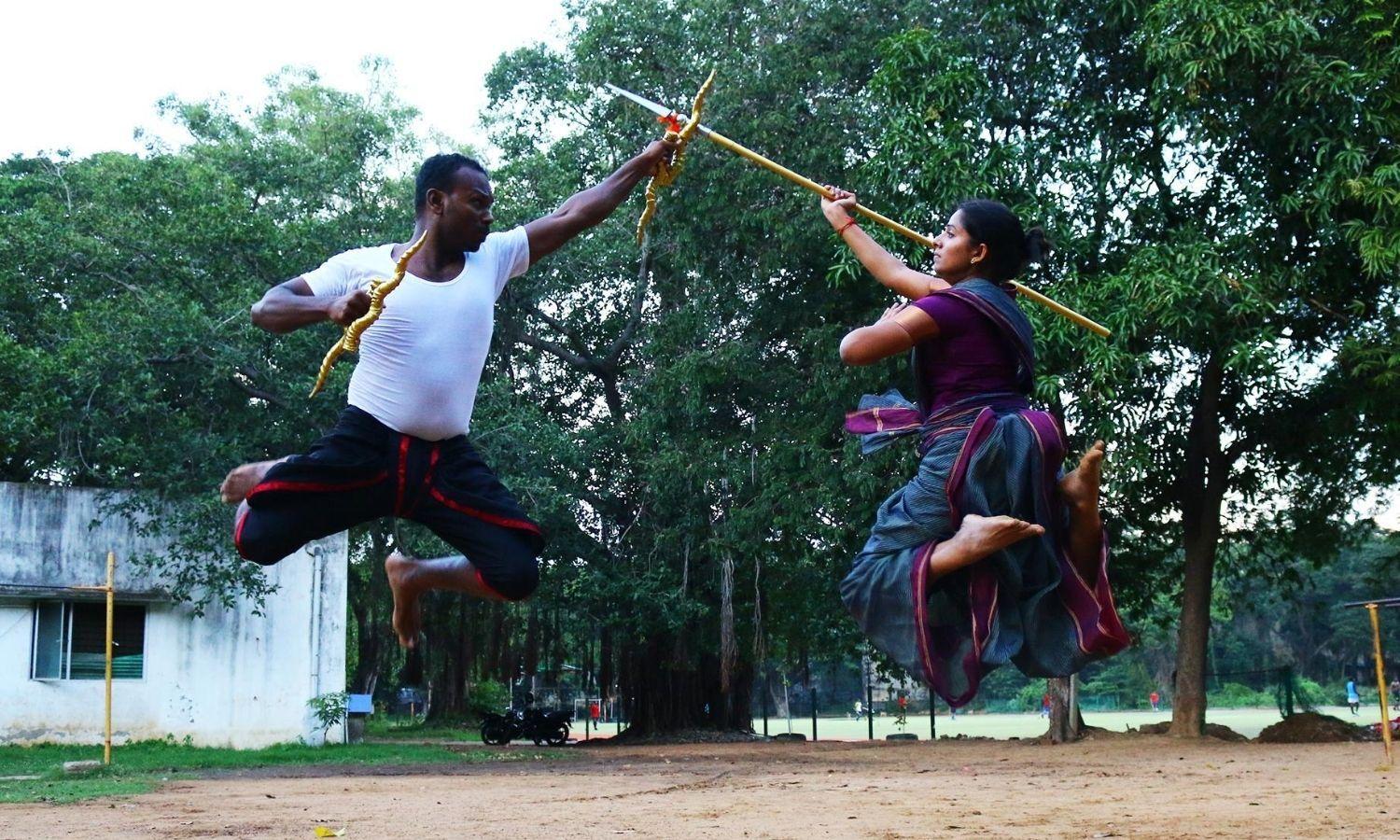
Origin: Tamil Nadu
Techniques: Pace, Thrust, Cut, Sweep
silambamA sophisticated martial art arose Tamil NaduClaims a lineage dating back to the reign of the Pandyas, Chola and Chera rulers, which is evident in Tamil literature such as “Silapadigaram, Its techniques, emphasizing fast footwork and a variety of attacks, have crossed borders and gained popularity in Malaysia as both a sport and self-defense. Attributed to Lord Muruga and Sage Agastya, Silambam has its roots in the Vedic period, highlighting its historical significance and enduring legacy.
Thang-Ta and Sarit Sarak
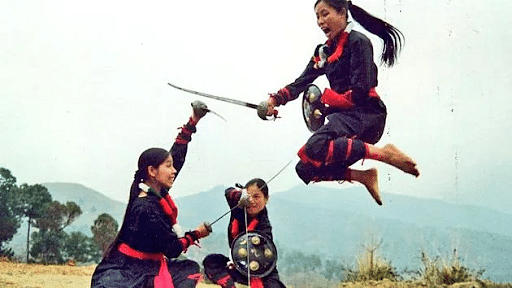
Origin: Manipur
Techniques: Pace, Thrust, Cut, Sweep
Thang-Ta and Sarit SarakBorn from the Meitei culture of Manipur, forming a unique martial arts tradition. Thang-ta, which involved sword and spear fighting, gained prominence during the 17th century, used by Manipuri kings in resistance against British colonial rule. also known as huainlalongIt includes a variety of weapons such as axes and shields, which are practiced in ceremonial, demonstration and combat contexts, reflecting its rich historical and cultural significance in Manipuri society.
a little
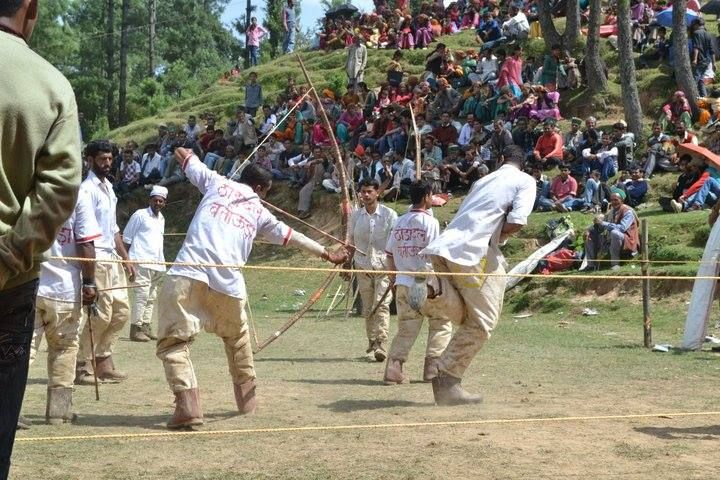
Origin: Himachal Pradesh
Technique: Wooden bow, arrow
a littleoriginating from Himachal Pradesh, taking its name from a piece of wood fitted to the ends of arrows, which controls their lethality. This blend of martial arts, sports and culture comes to the fore every year during Baisakhi. lies in Mahabharata periodIt displays the prevalent archery skills Valleys of Kullu and Manali. event, characteristic Two groups of 500 persons eachCombines archers and dancers, symbolizing a spirited heritage linked to the mythological heritage of the Pandavas and Kauravas.
gatka
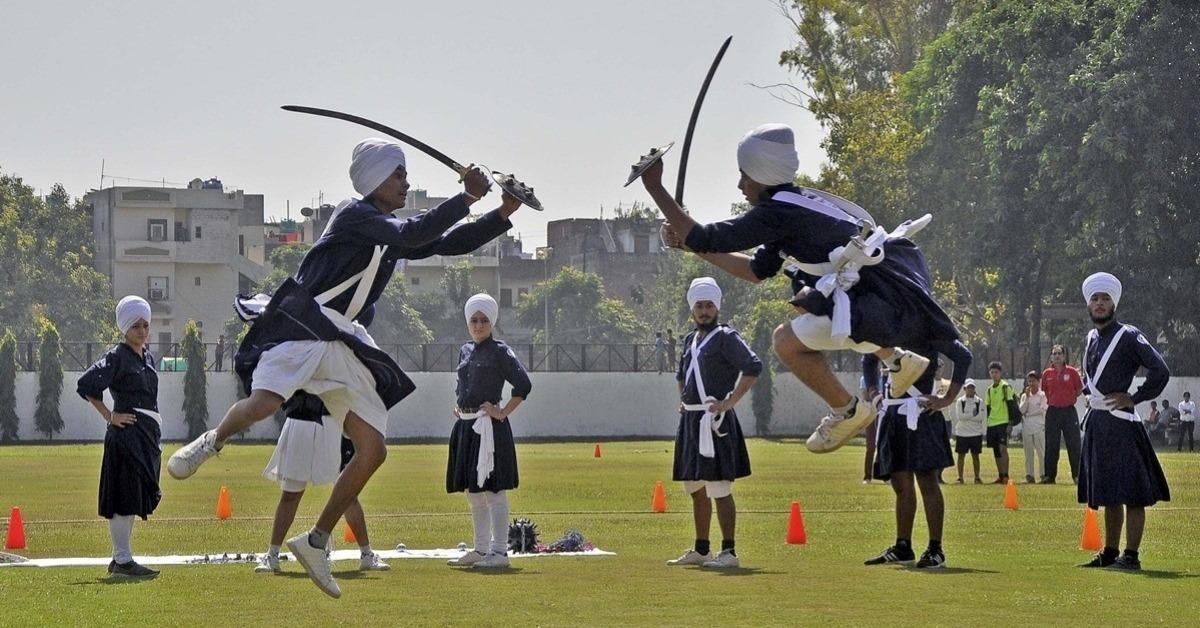
Origin: Punjab
Technology: Weapon Based Warfare
gatkaderived from a martial art Punjabis a weapon based tradition practiced by Sikh community, Its name, gatka, symbolizes freedom associated with grace or is possibly derived from the Sanskrit word “gadha”, meaning mace. including weapons such as Saber, sword, and dagger, gatka It is displayed during various events and celebrations throughout Punjab including fairs. It stands as a testament to the Sikh heritage, which is a blend of skill, valor and cultural identity.
blackjack
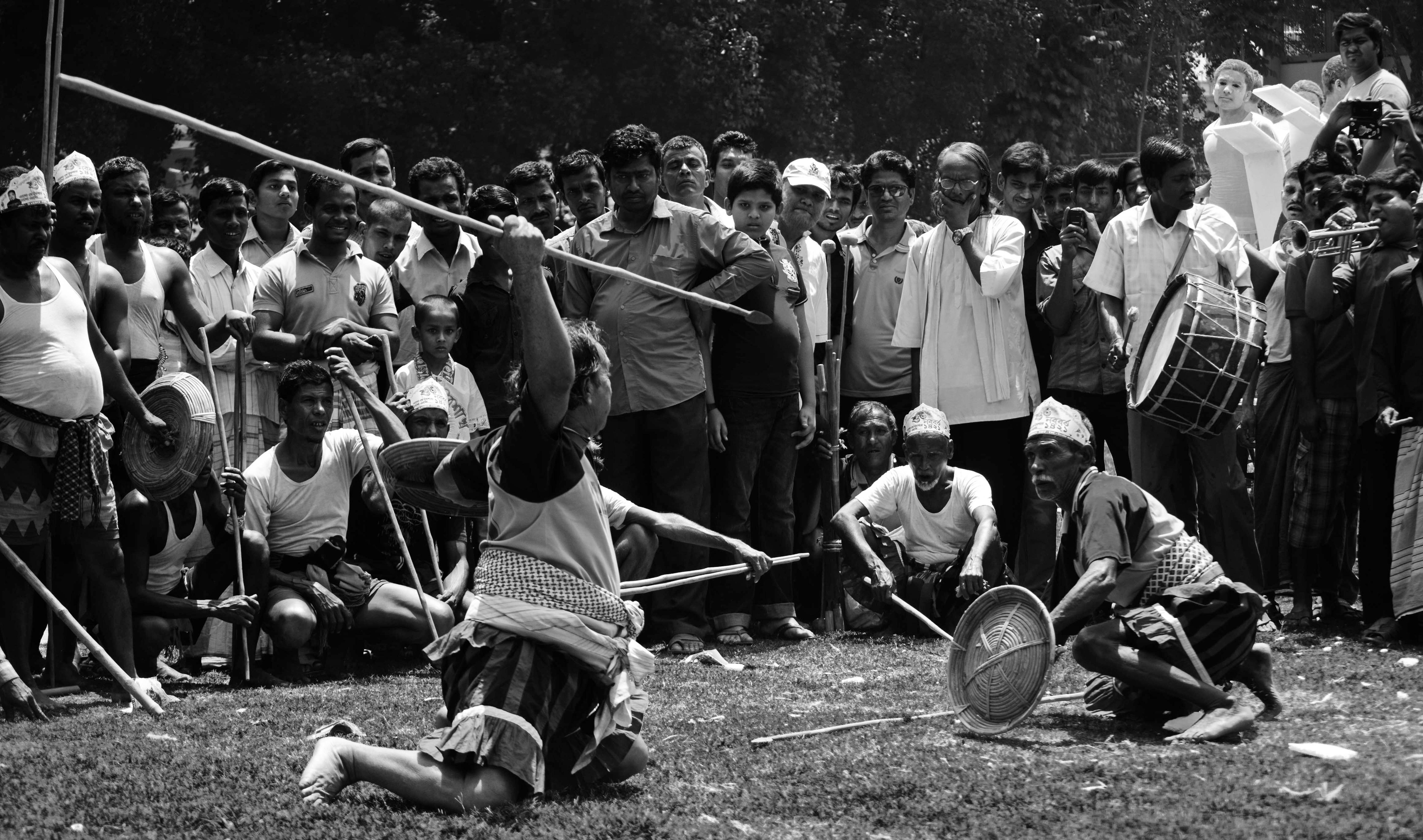
Origin: Punjab and Bengal
Technique: Cane Sticks
blackjackAn ancient martial art mainly practiced in Punjab and BengalRevolves around the use of a strong stick, usually a cane, The length is measuring 6 to 8 feet And sometimes tipped with metal. Embedded in the cultural fabric of India, lathi serves not only as a martial discipline but also as a popular sport in rural areas across the country. Its enduring legacy underlines the importance of traditional weapons in martial arts heritage.
inbuan wrestling
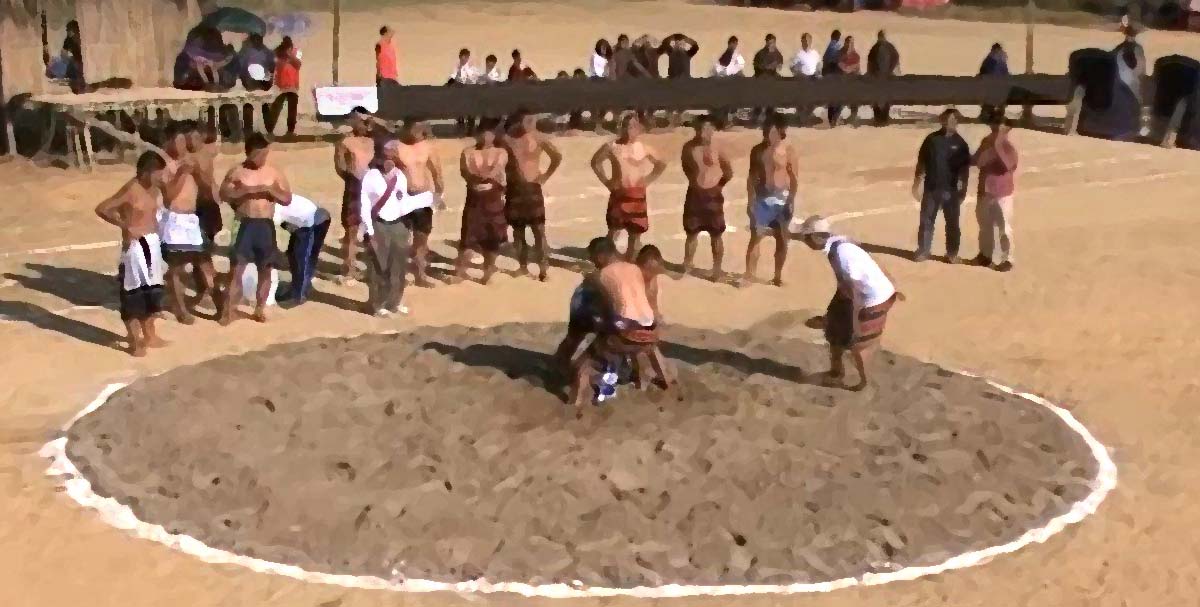
Origin: Mizoram
Technique: Wrestling
inbuan wrestlingoriginating from Mizoramtraces its roots Duntland village in 1750 AD, This martial art has strict rules, prohibiting activities such as breaking out of the circle, kicking and kneeling. Wrestlers are busy holding on to the belt worn around their waist, which is an important aspect of the sport. Emerging as a well-known tradition, Inbuan wrestling gained prominence as a sport after the migration of people from Burma to the Lushai Hills.
kuttu warisai
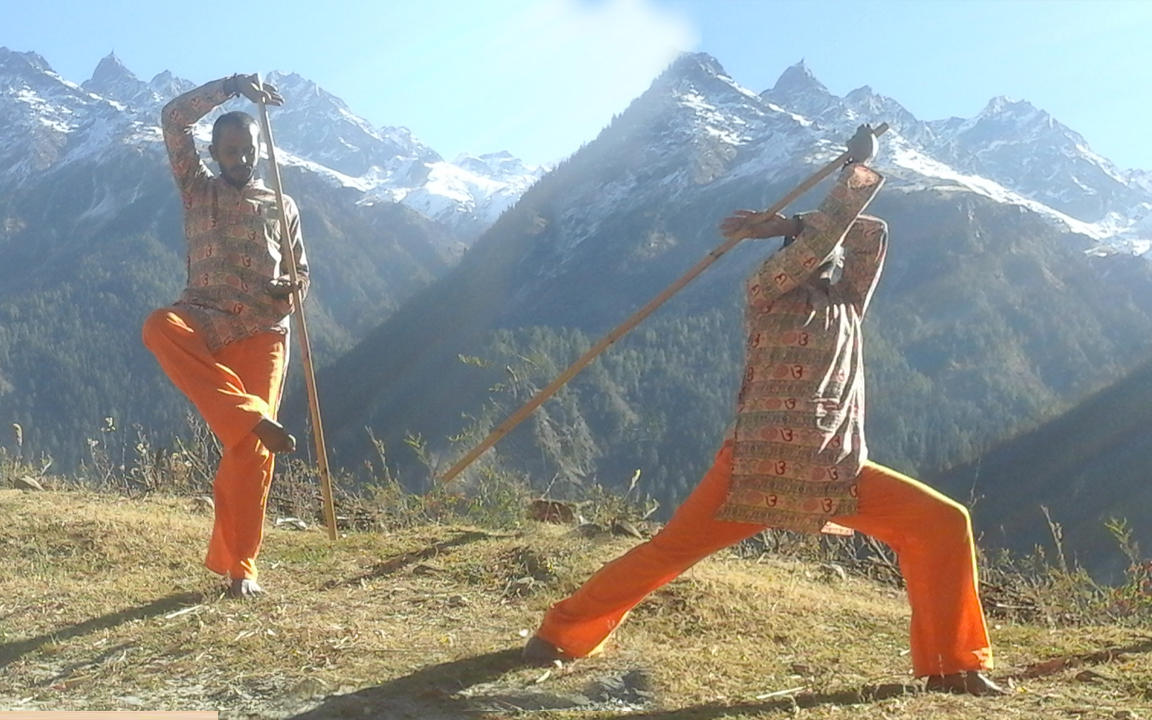
Origin: South India
Techniques: grappling, striking, locking
kuttu warisaiis mainly practiced south india and hugged Northeastern region of Sri Lanka and MalaysiaIts roots are found in the Sangam literature of the first or second century BC “Empty-handed combat, “It is a Dravidian martial art that emphasizes unarmed techniques. By integrating yoga, gymnastics and breathing exercises, it promotes athleticism and footwork. Using animal-based sets such as snakes, eagles, tigers, elephants and monkeys, Kuttu Warisai embodies a holistic approach to martial arts training.
musti war
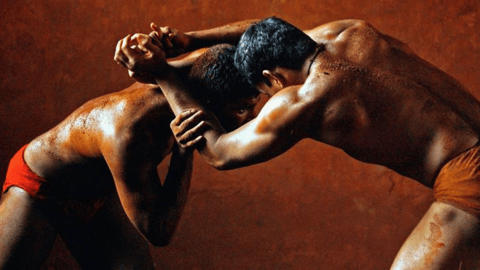
Place of Origin: Varanasi
Techniques: Kicks, punches, knees and elbows
musti waroriginating from Varanasione is unarmed Martial arts is famous since 1960, It includes kicks, punches, knee strikes and elbow strikes, which promote physical, mental and spiritual development. Its battles are classified after the names of Hindu gods. Jambuvanti to present, Hanumanti for technical skill, Bhimseni for strength, and Jarasandhi for joint manipulation. This ancient art combines fighting techniques with spiritual significance, reflecting a holistic approach to martial training.
Pari Khanda
Origin: Bihar
Technique: Sword and Shield
Pari KhandaBirth Prepared by Bihar and Rajputsintegrates shield (“angel”) and the sword (“Khanda”) in war, This martial art uses a mixture of offensive and defensive maneuvers, emphasizing coordination between offense and defense. Its techniques of sword and shield proficiency have also been incorporated into traditional chhau dance of biharThe martial and performing arts of the region demonstrate its cultural significance and enduring legacy.

